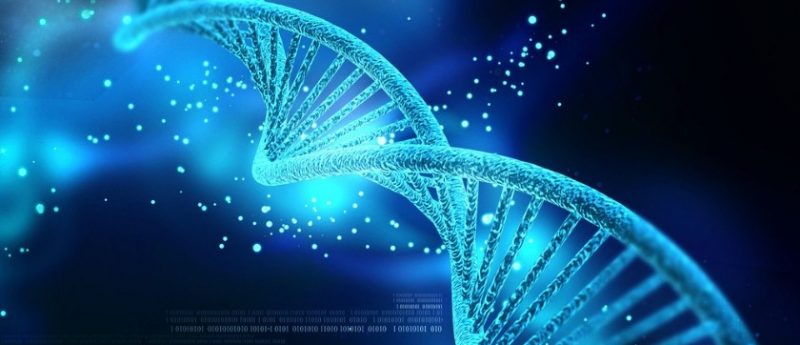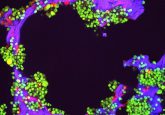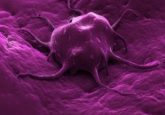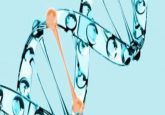HOX genes: what their investigation could mean for acute myeloid leukemia

Marc De Braekeleer, MD, PhD, is a Professor of Genetics at the Faculty of Medicine and Health Sciences of the University of Brest and Head of the Cytogenetics laboratory at the Brest University Hospital, France. He has published more than 100 peer-reviewed articles and reviews on hematologic malignancies. He is an active collaborator of the Atlas of Genetics and Cytogenetics in Oncology and Haematology.
Q What are HOX genes?
HOX (homeobox) genes are a group of related genes coding for a major class of transcription factors regulating many aspects of development. They are thought to originate from a hypothetical ProtoHox cluster of four genes duplicated early in animal evolution, giving rise to two twin clusters, the Hox cluster (class I homeobox genes) and the ParaHox cluster (class II homeobox genes) [1,2]. The Hox cluster is highly conserved, having not changed much over hundreds of millions of years of evolution.
In humans, class I homeobox genes are distributed in four clusters whereas class II homeobox genes are more divergent and dispersed throughout the genome. These class I homeobox genes include 39 genes located in different chromosomes. These are HOXA, located on 7p15 and including 12 genes, HOXB, located on 17q21 and including ten genes, HOXC, located on 12q13 and including nine genes, and HOXD, located on 2q31 and including eight genes. In each cluster, 13 paralogue groups are arranged from position one to 13 in a 3′–5′ order, from early to late HOX gene transcription [3,4].
Click here to view full article.





